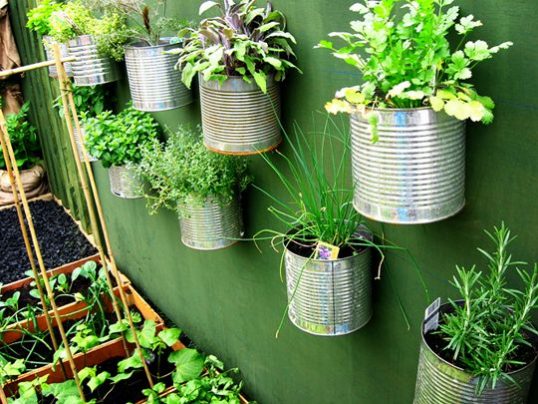What is sustainability and how to apply it to my daily life
October 18, 2020
Taking care of the planet is not as difficult as it sounds
Information for beginners looking to do their bit
Nowadays it’s increasingly common to hear terms such as sustainability, renewable energy, among others, without having to read some type of specialized magazine on the subject. We must see this as something positive, since these practices are becoming part of our daily lives and which objectives are focused on the care and conservation of the environment, as well as seeking an economic return for all.
Assimilating these types of terms helps us understand that it’s not a complicated science designed only for experts, but something that we can all be part of. It doesn’t matter if you are a beginner or a dedicated environmentalist, there are many ways to apply sustainability in our daily lives. Read on and find out how to do it!
What are we talking about when we talk about sustainability?
Since the term was first used in the Brundtland Report in 1987, it has been described as the process in which biological systems remain productive over time. The term also sought to appeal to “meeting the needs of the current generation without sacrificing the ability of future generations to meet their own needs'.
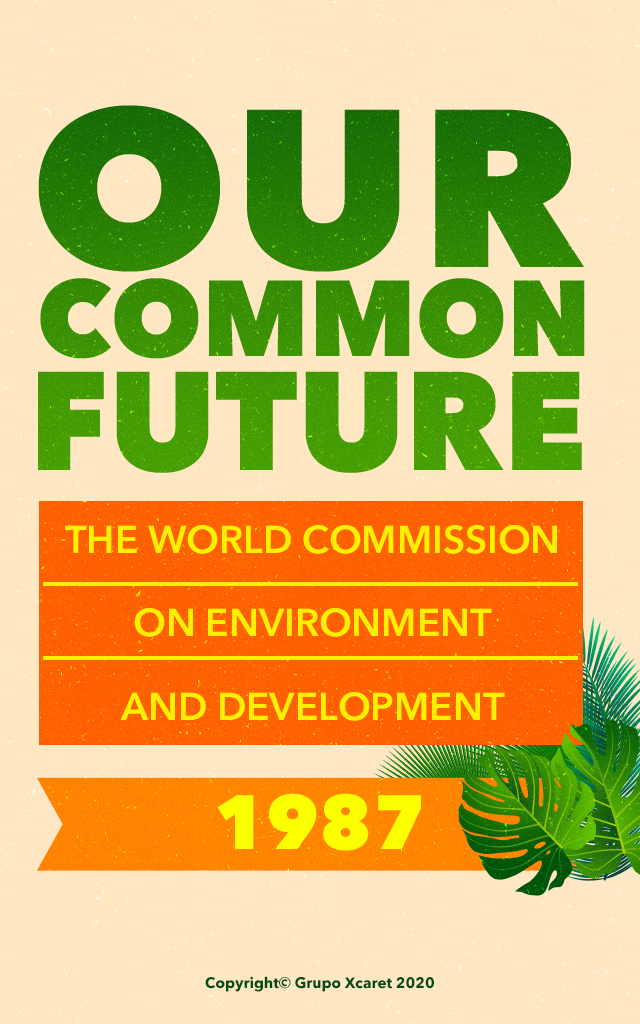
Talking about sustainability refers to the relationship we can have with our environment, in a balanced, harmonious way and aware of our impact not only on the environment, but also on the lives of the people around us and of course, our economic demands.
Unlike what you might think at first, the term does not apply only to environmental aspects, it covers different areas: economy, culture, society and the environment. For this reason, some would even dare to say that the secret is to find a balance that allows biodiversity to be preserved without having to renounce economic or social progress.
Why is it a commonly confused term?
The confusion arose from the Rio Declaration of 1992, a UN proposal that promoted the term “sustainable development” in English. This translates to “sostenibilidad” in Spanish, even though there is a similar term in existence called “sustentabilidad”. Because there is no second term in English, the question was raised as to whether there was a difference between the two in Spanish.
According to the United Nations, sustainable development “focuses on processes that preserve, conserve and protect natural resources for the benefit of present and future generations while taking into account social and political needs, as well as cultural values.
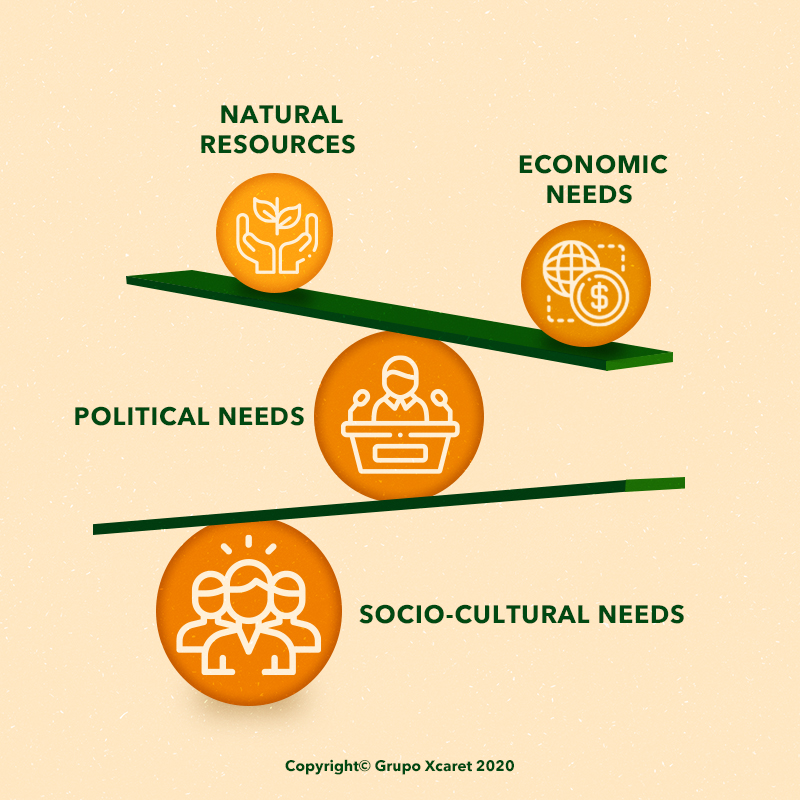
The truth is that the confusion is completely justified, especially if we are beginners on the subject. The debate continues, as they are terms that have also evolved according to the advances in the subject and their needs.
Companies with a sustainable philosophy? What are they?
The characteristic that distinguishes companies that are committed to sustainability is that they not only seek to obtain economic benefits, but also take care of the way in which they achieve them. That is, in harmony with people and the environment.
Grupo Xcaret is a great example of this philosophy, as it defines sustainability as “the balanced creation of economic, socio-cultural and environmental value that guarantees the harmonious growth of the business, as well as the well-being of the communities and the environment in which it operates”. To explain it more easily, they use two elements:
The Triple Profit Line Model (or 3P Model):
- People: Refers to social issues, committed to the well-being through different programs and actions, internally with coworkers and externally with the communities in which it operates.
- Planet: Refers to environmental issues, committed to the country’s biodiversity through conservation programs for flora and fauna species, and an environmental management system that allows the efficient use of resources such as water, energy and responsible waste management.
- Prosperity: Refers to economic issues, committed to boosting the Mexican economy. Therefore, the importance of maintaining a portfolio of suppliers made up of small and medium-sized companies, including the markets of rural communities in the region.
The teetotum
A traditional Mexican toy with which you play. The purpose of the game is to keep it spinning for as long as possible. This is sustainability: the right balance between prosperity and benefits for people and the planet. This teetotum spins perfectly when it is balanced, but if it receives more pressure in any of its points, everything collapses.
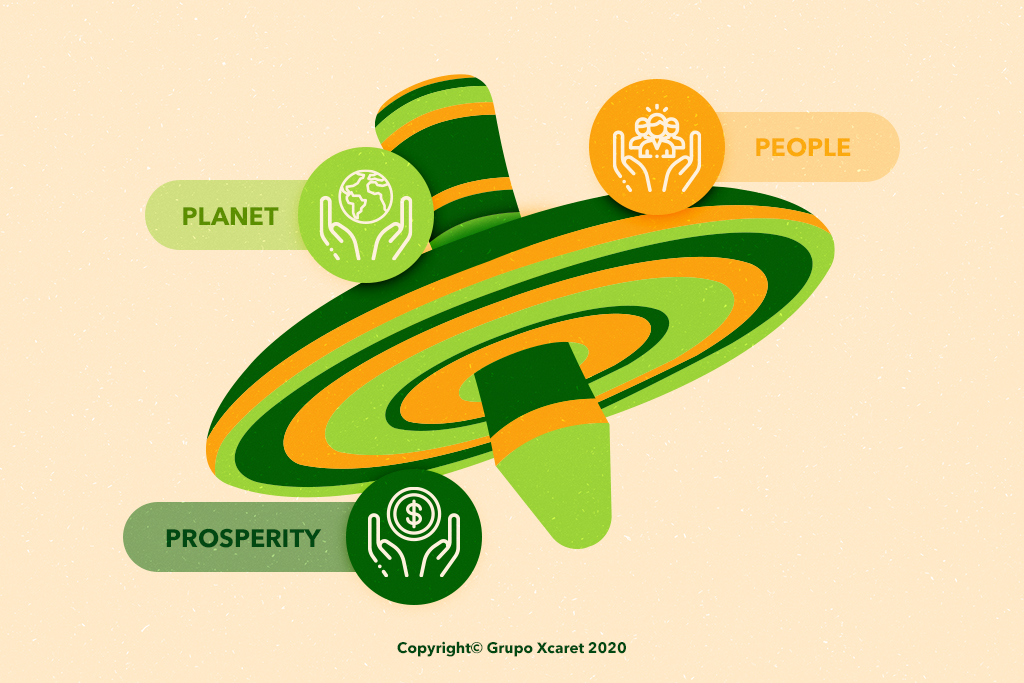
Lear more about our good practices: 10 sustainable actions that we do everyday in Grupo Xcaret
How do I apply sustainability to my daily life?
Actions within the “people' pillar:
- Know, preserve and promote culture: whether you want to share the customs of your region to other parts of the country where you live or share the most iconic things of said country with others abroad.
- Volunteer activities: a helping hand is never unwanted, and your community is surely no exception. Find out what you can do to help improve your environment (such as cleaning beaches or parks). Don’t limit yourself to doing it only when there are events, make it part of your day to day.
- Education: undoubtedly the basis of any change in culture and an opportunity to shape future generations. With it, the possibilities become infinite, as they affect all areas. Get informed and promote reliable information sources or institutions.
Actions within the “planet' pillar:
- Green shopping: Everyday items that pollute less (made with natural products without chemicals and based on plant ingredients), reduction of disposable products and their replacement with reusable materials (bags for daily purchases, diapers or feminine cloth towels).
- Sustainable architecture: Architectural conception that does not harm the environment, being carried out in the most ecological way possible. It also includes taking advantage of natural resources and minimizing the impact on them at the time of construction or when implementing the use of renewable energy within the home.
- Choose healthy destinations: ecotourism is a growing trend and not only for its attractions, but for the good they do to the planet and to you as a traveler. This includes choosing hotels with sustainable philosophies that shine for their good practices, as well as activities that seek for you to enjoy without harming the environment, even inviting you to take care of it.
Actions within the “prosperity' pillar:
- Local purchases: you will support the economy of your community by promoting the products of small businesses near you. This also reduces the environmental impact on transportation and packaging.
- Turn off lights and electronics that are not in use: in addition to the environmental benefits of this, we cannot avoid mentioning the notable decrease in expenses within your home.
- Donations: it is common to find things at home that we don’t use despite being in good condition (such as clothing, stationery, books, etc.). Within your community there are sure to be schools, shelters, hospitals or churches that will gladly accept your donations. In this way we help them reduce costs and optimize the use of their resources.
For more tips, check out this blog post: Habits at home that help the planet
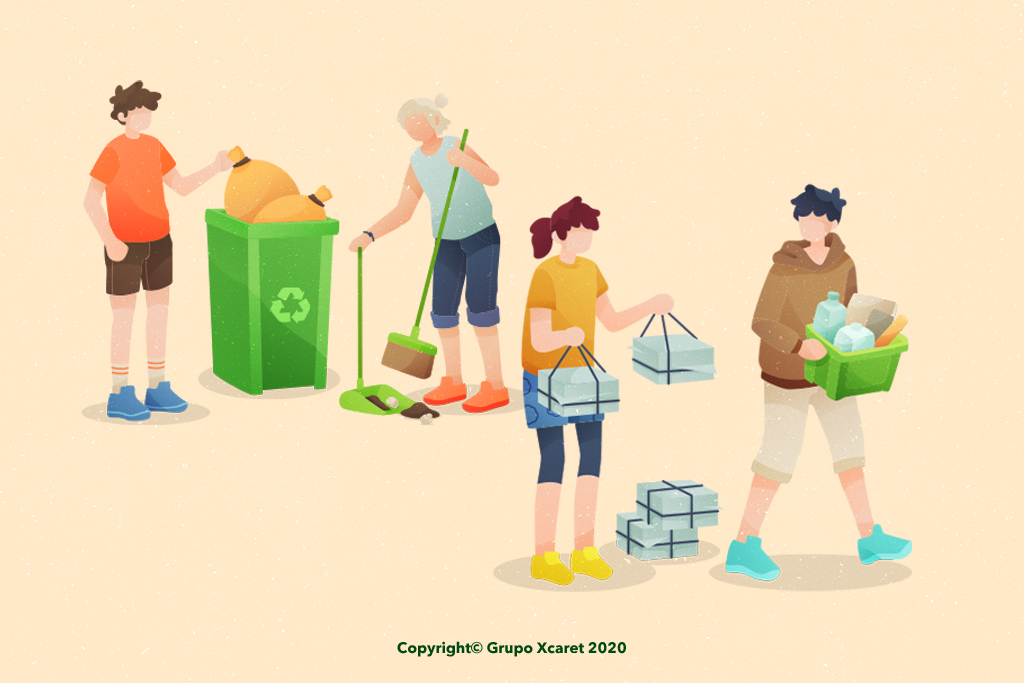
We cannot forget the fact that we inhabit a planet that is interconnected. This means that our actions affect others, whether it is our intention or not. The decisions we make today will end up having repercussions on future generations, so we must get rid of the selfish thought that “it will not affect us'. We still have time before the damage becomes irreversible, but every minute counts.
Do you know any other way to apply a sustainable philosophy in your daily life? Share your ideas in the comments!
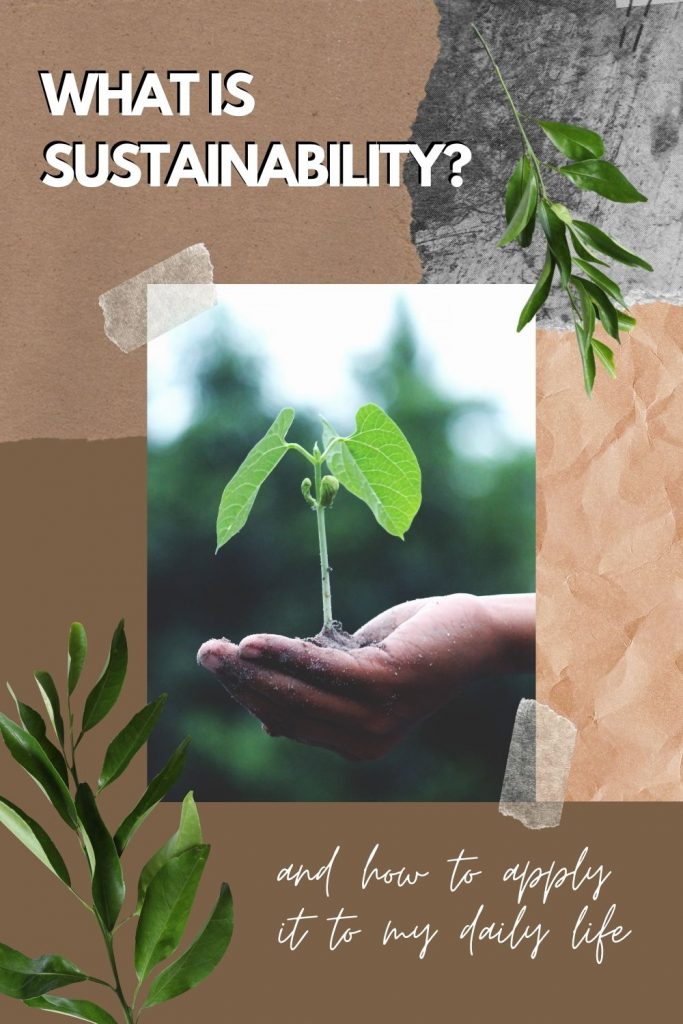

Ávida lectora y escritora creativa que disfruta compartir lo que le apasiona.
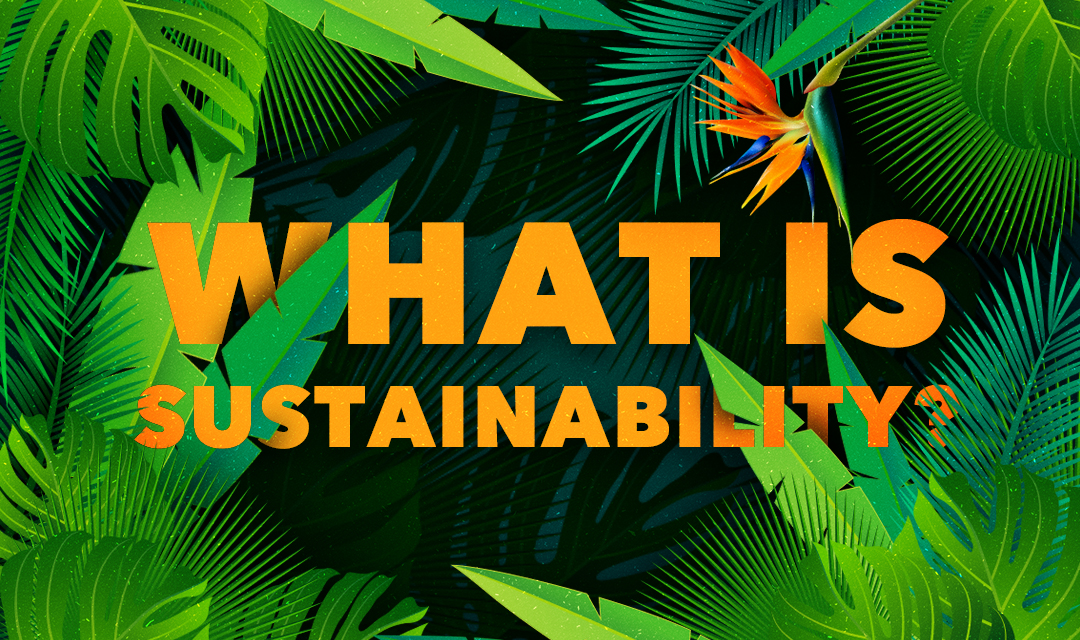
Posts Relacionados
Grupo Xcaret
Hotels




